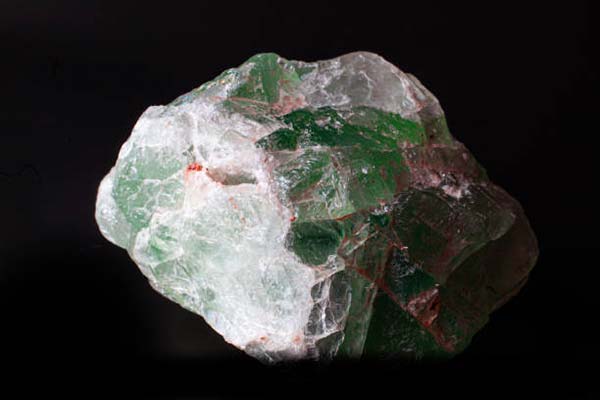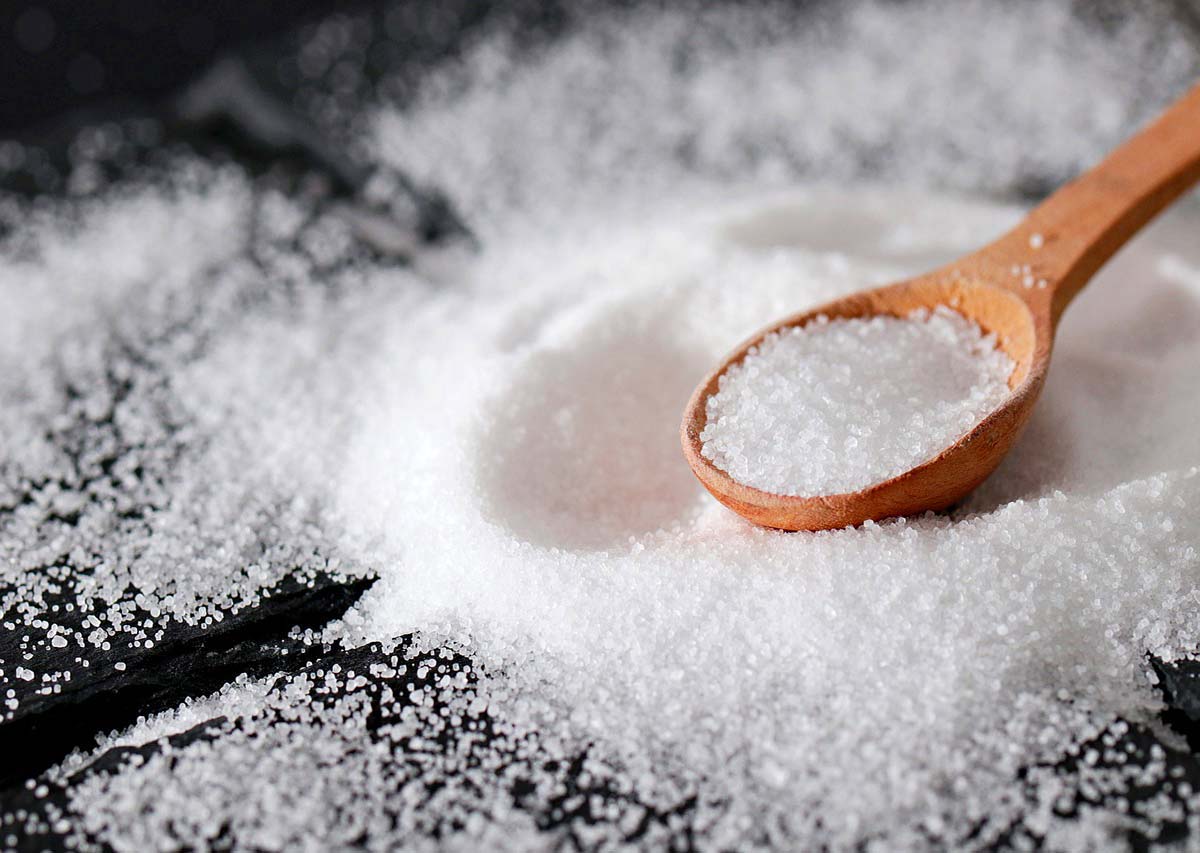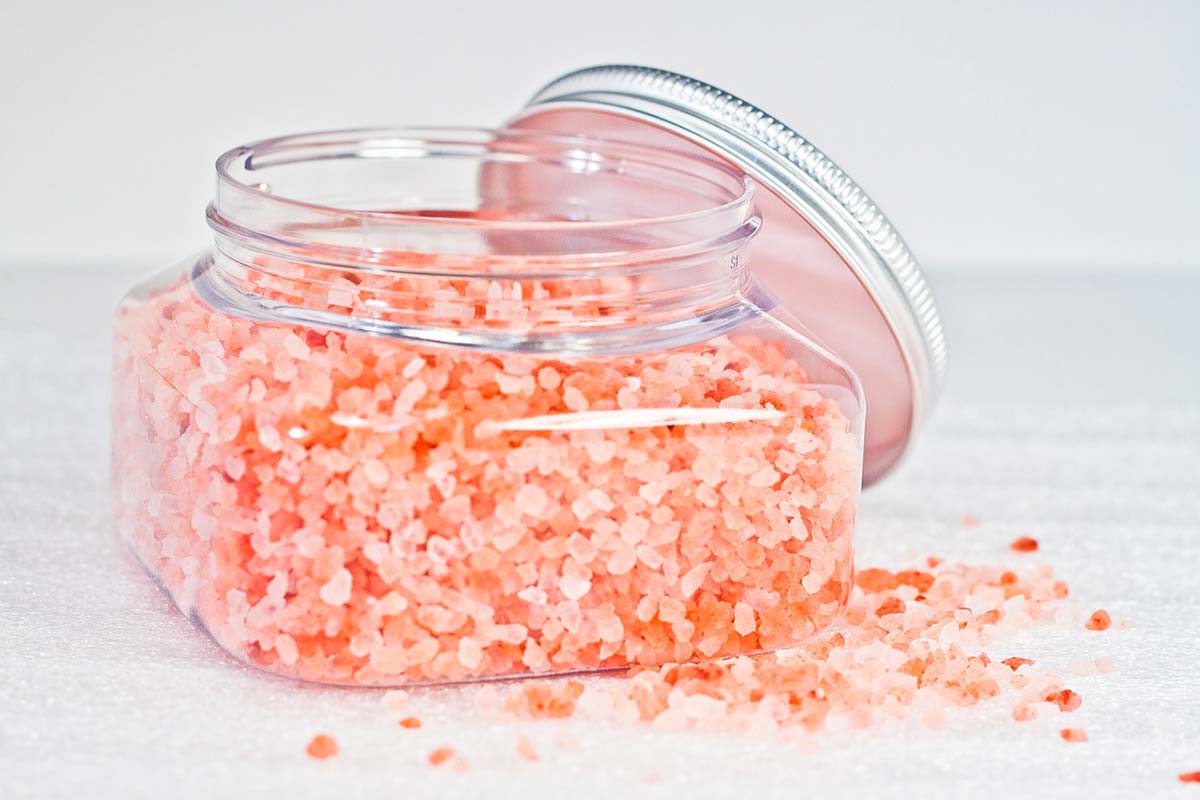Calcium fluoride structure is simple and straightforward crystal. It belongs to the cubic crystal system, specifically the face-centered cubic (FCC) arrangement. In its crystalline form, calcium fluoride forms a three-dimensional lattice structure.
Here are some key points about the crystal structure of calcium fluoride:

- Crystal System: Face-centered cubic (FCC)
- Lattice Type: Cubic
- Unit Cell: The unit cell of calcium fluoride is a cube, and the calcium ions are located at the corners of the cube, while fluoride ions are positioned at the center of each face of the cube.
The chemical formula for calcium fluoride is CaF₂, indicating that each calcium ion (Ca²⁺) is surrounded by eight fluoride ions (F⁻), and each fluoride ion is surrounded by four calcium ions.
This simple and regular arrangement contributes to the stability and characteristic properties of calcium fluoride, making it a valuable material in various industrial applications, including metallurgy, glass manufacturing, and electronics.
Let’s delve into more detail about the face-centered cubic (FCC) crystal system, cubic lattice type, and the unit cell structure of calcium fluoride.
Face-Centered Cubic (FCC) Crystal System
- Arrangement: In a face-centered cubic crystal system, the lattice points are located at the corners of the cube and at the centers of each face. This results in a cubic structure with additional points at the center of each face.
- Coordination Number: Each lattice point in an FCC crystal system is in contact with 12 neighboring points. This leads to a coordination number of 12, which is the number of nearest neighbors for each lattice point.
- Efficiency: FCC structures have a high packing efficiency of approximately 74%, making them one of the most space-efficient arrangements.
Cubic Lattice Type:
- Basic Structure: A cubic lattice is characterized by a three-dimensional arrangement of points in a cube. In each dimension (length, width, and height), the lattice points are evenly spaced.
- Symmetry: The cubic lattice exhibits symmetry along all three axes, resulting in equal lattice parameters in all directions.
- Types of Cubic Lattices: There are three types of cubic lattices: simple cubic (SC), body-centered cubic (BCC), and face-centered cubic (FCC). Calcium fluoride falls into the FCC category.
Unit Cell of Calcium Fluoride (CaF₂):
- Composition: The chemical formula for calcium fluoride is CaF₂, indicating the presence of one calcium ion (Ca²⁺) and two fluoride ions (F⁻) in each unit cell.
- Cubic Structure: The unit cell of calcium fluoride is a cube, as it belongs to the cubic lattice system. This cube is shared by multiple unit cells to create the overall crystal structure.
- Ion Positions: In the unit cell, calcium ions (Ca²⁺) are located at the corners of the cube, and fluoride ions (F⁻) are positioned at the center of each face.
- Stoichiometry: The arrangement ensures that the ratio of calcium ions to fluoride ions conforms to the stoichiometry of CaF₂.
Understanding the crystal structure of calcium fluoride is crucial in explaining its physical properties, including its stability, optical characteristics, and its applications in various industrial processes. The FCC arrangement and cubic lattice type contribute to the unique properties that make calcium fluoride valuable in different fields.
Properties of Calcium Fluoride:
- Crystal Structure: Calcium fluoride adopts a face-centered cubic (FCC) crystal structure. This arrangement contributes to its stability and unique optical properties.
- Melting Point: Calcium fluoride has a high melting point of approximately 1,418 degrees Celsius (2,584 degrees Fahrenheit), making it suitable for high-temperature applications.
- Density: It has a relatively high density, contributing to its effectiveness in various industrial processes.
- Optical Transparency: Calcium fluoride is transparent over a broad range of wavelengths, including ultraviolet (UV) and infrared (IR) regions, making it valuable in optical applications.
- Hardness: It is a relatively hard and brittle material.
Looking for calcium fluoride: Click here





